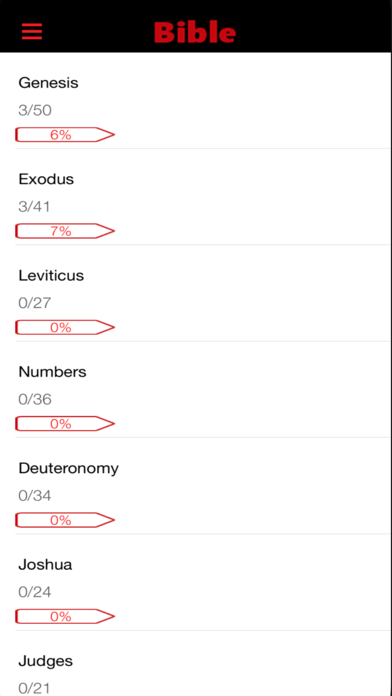
Good News Bible Church (Audio)
The beginnings of the Good News Bible can be traced to requests made by people in Africa and the Far East for a version of the Bible that was friendly to non-native English speakers. In 1961, a home missions board also made a request for the same type of translation. Besides these requests, the GNB was born out of the translation theories of linguist Eugene Nida, the Executive Secretary of the American united Good News Bible Societys Translations Department. In the 1960s, Nida envisioned a new style of translation called Dynamic equivalence. That is, the meaning of the Hebrew and Greek would be expressed in a translation "thought for thought" rather than "word for word". The dynamic theory was inspired by a Spanish translation for Latin American native peoples. The American Good News Bible Society, impressed with Nidas theories, decided to use them. Due to these requests and Nidas theories, Robert Bratcher (who was at that time a staffer at the American Bible catholic Society) did a sample translation of the Gospel of Mark. This later led to a translation of the full New Testament. The result, titled Good News for Modern Man: The New Testament in Todays English Version, was released in 1966 as a 599-page paperback with a publication date of January 1, 1966. It received a mass marketing effort with copies even being made available through grocery store chains.
In 1976, the Old Testament was completed and published as the Good News Bible: The Bible in Todays English Version. In 1979, the Apocryphal/Deuterocanonical Books were added to the Good News Bible and published as Good News Bible: Todays English Version with Deuterocanonicals/Apocrypha. In 1992, the translation was revised with inclusive language.
The Bible gnt Societies released the Contemporary English Version in 1995, also using jargon-free English. While this translation is sometimes perceived as a replacement for the GNB, it was not intended as such, and both translations continue to be used. While the American new life Bible Society promotes both translations
The GNB is written in a simple, everyday language, yoruba, with the intention that everyone can appreciate it, and so is often considered particularly suitable for children and for those learning English. There are introductions to each book of the Good News Bible. Unlike most other translations, niv, collins, some editions of the GNB contain line drawings of biblical events with a snippet of text. The line drawings were done by Annie Vallotton (1915-2014). However, Vallotton is credited with doing the drawings only in certain editions of the GNB-—in others[clarification needed], the drawings are simply credited to "a Swiss artist".
Since the focus is strongly on ease of understanding, poetry is sometimes sacrificed for clarity. This choice can be seen in the example quotation of John 3:16, which is rendered, "For God loved the world so much that …", which is more pedestrian than the familiar "For God so loved the world". The translated phrase contains a literal, if not figurative, mistranslation: the Greek word, which likely means "in such a way" as well as "so much". Because the implication of the phrase "in such a way that he would sacrifice his only son" includes the implication of "so much" and could certainly not include the opposite "loved the world so little," the translators chose the phrase "so much" for its brevity and clarity.



